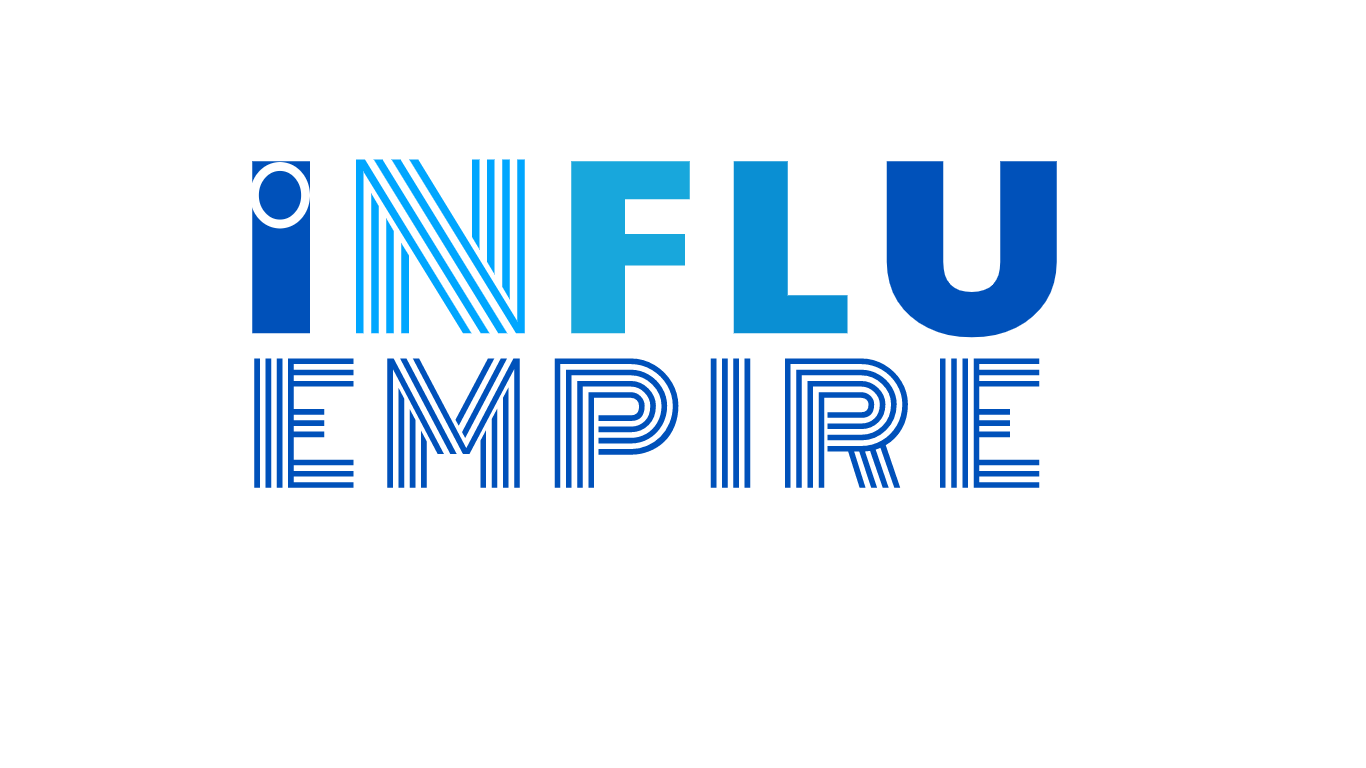Categories
Recent Posts
Your First Brand Deal: Everything You Should Know But No One Tells You

Introduction
Starting your influencer journey with a brand collaboration is exciting..but there’s a lot brands don’t tell you upfront.
Here’s a straight-talk guide (no jargon!) for Indian creators preparing for their first brand deal.
🎯What to Expect (Deliverables)
Brands will typically ask for one or more of:
Reels (short videos)
Feed posts (single images or carousels), and Stories.
Often a deal includes 1–2 feed posts and a couple of Stories; bigger deals might add a Reel or multi-slide carousel.
For example, a common first deal might be 1 static post + 2–3 Story slides showcasing the product, or 1 Reel + 1 post.
Always clarify upfront exactly what content they want and by when.
💰Typical Rates (INR)
Rates vary hugely by follower count and content type.
As a rough guide in India: micro-influencers (10K–100K followers) might charge from a few thousand to a few lakhs per post.
For example,
🧏🏻♀️ Micro-influencers with 10K–50K followers often charge ₹1,000–₹5,000 per Instagram post; those with 50K–100K around ₹5,000–₹10,000.
🙋🏻♀️ Mid-tier creators (100K–500K) generally get ₹10,000–₹50,000 per posttring.co.in,
💁🏻♀️ While macro-influencers (500K+) may command ₹50,000–₹2,00,000+
Reels usually cost more than static posts (often 1.5–2× a post rate), and Story-only deals are on the lower side.
Below is a quick table to visualize typical packages:
| Follower Count | Rate Range (INR per post) | Common Deal (post + stories) |
|---|---|---|
| 10K–50K | ₹1,000–₹5,000 | 1 static post + 1 Story |
| 50K–100K | ₹5,000–₹10,000 | 1 post + 2–3 Stories |
| 100K–500K | ₹10,000–₹50,000 | 1–2 posts + 3 Stories or 1 Reel + 1 post |
| 500K–1M | ₹50,000–₹2,00,000 | 2 posts + 3–5 Stories + 1 Reel |
| 1M+ | ₹2,00,000+ | Multi-post campaigns (often 2+ posts + reels) |
(These are ballpark figures. Your rates can be higher if your engagement is strong or niche very targeted.)
🤝Contracts & Negotiation
- Always get a written contract or email agreement.Key terms to clarify include usage rights, exclusivity, and payment. For example, discuss upfront who owns the content after you post it.
- Brands often want usage rights (to repost your content), but a blanket “work-for-hire” clause (where they own your content forever) is a red flag. Negotiate so you retain rights or limit their usage (e.g. brand can use your post for X months only).
- Also be clear on exclusivity: if they require you not to post about competing products for a time, ensure it’s reasonable and compensated.
- When negotiating, know your worth: for instance, creator Kavya Karnatac shared that for her first deal (100K followers) she only took ₹50,000 – later realizing her rate was actually ₹3 lakh. This shows doing market research matters.
- Speak confidently about your value. Weave in your engagement stats and any unique content ideas. Don’t just accept “a brand deal” – negotiate for fair pay and reasonable deliverables.
- Remember: usage rights, compensation, and exclusivity are the three terms usually most heavily negotiated.
⛳️ Red Flags to Watch out For
No Written Agreement: If a brand pushes you to start without any contract or written confirmation, pause. Always get details in writing (email is fine for small deals).
Vague Deliverables/Pricing: If they are unclear about what they want or what they’ll pay, ask for specifics. A red flag: “Collaboration” with no mention of fee (they might try to pay in “exposure” only).
Upfront Work, No Pay: Legit deals may require you to submit content for approval, but you shouldn’t deliver hundreds of dollars of work without guaranteed payment. If they delay payment indefinitely or ask you to post before payment, insist on a payment schedule (e.g. 50% upfront, 50% on delivery).
Shady Brand Details: Check who you are partnering with. As Kavya noted, her first partner wasn’t even a registered company and had a bad reputation. Vet brands as you would any employer: Google them, read reviews, and confirm they are legitimate.
✨Best Practices
- Be professional and polite in all communication.
- Respond promptly.
- Deliver high-quality content on time.
- Make sure the caption/tags they want are clear.
- Keep records of all agreements (screenshots of chats, emails). And remember, if something feels off, it probably is.
📃Pitch Templates
When pitching brands (DM or email), be clear and concise.
Here are plug-and-play examples:
Instagram DM Pitch:
“Hi [BrandName]! I’m [YourName], a content creator focused on [niche/topic]. I love your product [mention a product or value] and believe it would resonate with my audience of [follower count]. I’d love to collaborate – here’s an idea: [briefly describe a creative content concept]. Let me know if you’re interested! Cheers, [YourName] (+ link to profile)”Email Pitch:
Subject: Collaboration Opportunity – [YourName] + [BrandName]
Hello [Brand Team],
*My name is [YourName], and I create [niche] content for Instagram. I admire [BrandName]’s [mention something specific about the brand], and I believe we could create something special together. I have [~FollowerCount] engaged followers who [mention audience interest relevant to brand]. For example, I could create [describe content idea: e.g. a reel or carousel] highlighting [Brand’s product/values] in an authentic way. In the past, my posts have achieved [mention any relevant success or engagement]. Please let me know if you’d like to discuss this collaboration – I’m excited to hear your thoughts!
Thank you for your time,
[YourName]
(Tweak these templates with your own details and voice.)
✅Checklist Before You Hit “Accept”
Before signing anything or saying “yes,” confirm:
Deliverables: Exactly what content is expected (number of posts, format, and deadlines).
Payment: Amount, currency (INR), and payment schedule (advance/final). Will they pay via bank transfer, cheque, etc? When after posting will you be paid?
Usage Rights: How will the brand use your content (e.g. on their social feeds, ads)? Is it time-limited? Get this in writing.
Exclusivity: Any restrictions on working with competitors or posting similar content? Make sure it’s not unreasonably broad.
Approval Process: How many revisions are allowed? What happens if they reject content?
Disclosure: Agree on hashtags or disclosures (#ad) to comply with law and keep your audience’s trust.
Legal Details: Ask for a formal contract or at least an official collaboration agreement covering these points.
Being thorough here prevents surprises later. You want to protect your creativity and time.
Conclusion
Landing your first brand deal isn’t just a milestone.. it’s a moment of growth, learning, and real opportunity.
The more prepared you are, the better your experience will be. From understanding fair rates to spotting red flags and negotiating with confidence, every small step helps you build trust, protect your work, and show up like a pro.
Keep this guide handy, and don’t be afraid to ask questions or push back when something doesn’t feel right.
You are not just doing a collab.. you are building a brand.
Ready to level up your Influencer game with Influ-Empire?
We love helping Influencers grab their dream brand opportunities.
Contact our team at solutions@influ-empire.com today to learn how we can support your journey.

